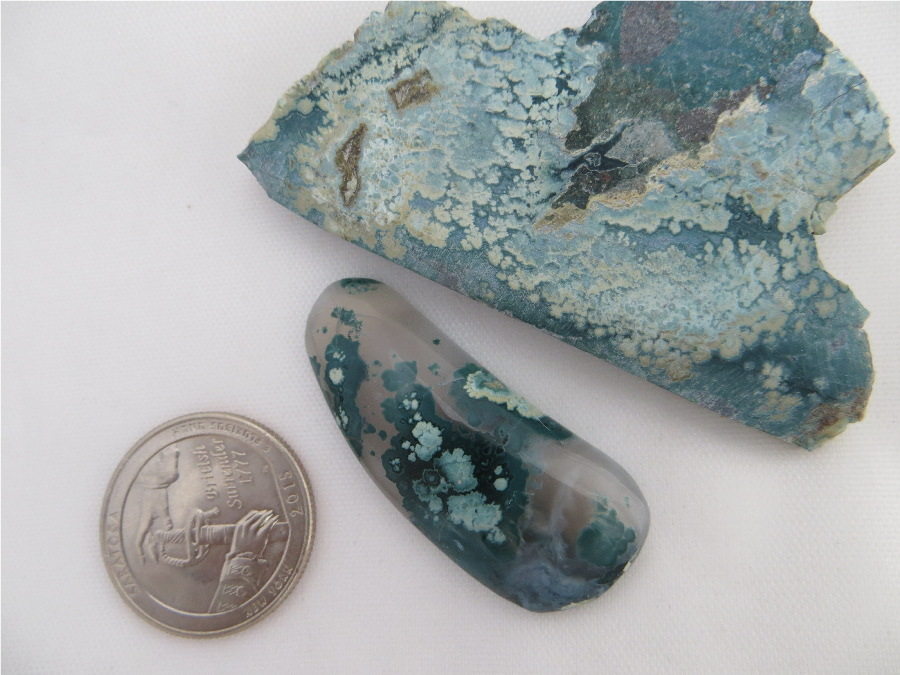Home PageAbout MindatThe Mindat ManualHistory of MindatCopyright StatusWho We AreContact UsAdvertise on Mindat
Donate to MindatCorporate SponsorshipSponsor a PageSponsored PagesMindat AdvertisersAdvertise on Mindat
Learning CenterWhat is a mineral?The most common minerals on earthInformation for EducatorsMindat ArticlesThe ElementsThe Rock H. Currier Digital LibraryGeologic Time
Minerals by PropertiesMinerals by ChemistryAdvanced Locality SearchRandom MineralRandom LocalitySearch by minIDLocalities Near MeSearch ArticlesSearch GlossaryMore Search Options
The Mindat ManualAdd a New PhotoRate PhotosLocality Edit ReportCoordinate Completion ReportAdd Glossary Item
Mining CompaniesStatisticsUsersMineral MuseumsClubs & OrganizationsMineral Shows & EventsThe Mindat DirectoryDevice SettingsThe Mineral Quiz
Photo SearchPhoto GalleriesSearch by ColorNew Photos TodayNew Photos YesterdayMembers' Photo GalleriesPast Photo of the Day GalleryPhotography
╳Discussions
💬 Home🔎 Search📅 LatestGroups
EducationOpen discussion area.Fakes & FraudsOpen discussion area.Field CollectingOpen discussion area.FossilsOpen discussion area.Gems and GemologyOpen discussion area.GeneralOpen discussion area.How to ContributeOpen discussion area.Identity HelpOpen discussion area.Improving Mindat.orgOpen discussion area.LocalitiesOpen discussion area.Lost and Stolen SpecimensOpen discussion area.MarketplaceOpen discussion area.MeteoritesOpen discussion area.Mindat ProductsOpen discussion area.Mineral ExchangesOpen discussion area.Mineral PhotographyOpen discussion area.Mineral ShowsOpen discussion area.Mineralogical ClassificationOpen discussion area.Mineralogy CourseOpen discussion area.MineralsOpen discussion area.Minerals and MuseumsOpen discussion area.PhotosOpen discussion area.Techniques for CollectorsOpen discussion area.The Rock H. Currier Digital LibraryOpen discussion area.UV MineralsOpen discussion area.Recent Images in Discussions
Identity HelpGem silica, chalcedony, chrysocolla ... or what?

26th May 2017 04:29 UTCJama Crawford
On behalf of a fellow Gem Club member, I am trying to identify this stone. The photo attached shows the stone both in rough and polished states. It appears to be a dendritic or mossy chrysocolla encrusted upon - and embedded within - a silky gray chalcedony. My friend is calling it gem silica but I don't think it meets the criteria, even though it is a very lovely stone.
Base mineral - we think chalcedony
Luster - silky
Color - gray
Streak - white
Hardness - 6
Crystalline structure - fine, microscopic, I don't know
Locale - Hinsdale County, Colorado, a vertical vein, may have been a pyroclastic layer
Specific gravity - I don't know
Acid test - no reaction using 5% vinegar
Surface mineral - we think chrysocolla but I do not know what white areas are
Luster - opaque
Color - blue, green, white
Streak - white
Hardness - 4
Crystalline structure - dendritic or mossy, does not flake or crumble off
Locale - same as above
Specific gravity - I don't know
Acid test - no reaction using 5% vinegar
At this point, we believe it is new semiprecious stone for Colorado - but I don't understand the criteria for such things. It looks similar to photos of heliotrope but I don't see the chrysocolla bloom on photos of heliotrope which this stone has.
Thanks for your help
Jama
Four Corners Gem and Mineral Club
Durango CO
26th May 2017 06:42 UTCJoel Dyer
Did you try to see if the stone is fluorescent at all? The sample to my eyes would seem to resemble some sort of moss agate... There are moss agate occurrances in quite a few US states, it appears.
The grey-blue-greenish material might be a bit tricky to identify without any analysis, but let's see what ideas the others come up with.
Cheers,
Joel

26th May 2017 07:13 UTCJama Crawford
Most of his polished stones resemble the center picture, almost always with that silky semi-transparent gray underneath and a thin colorful layer on top. (The amount of white in the final specimen is not his normal find).
Here is a little more info about the formation. The vein is thin. When he slabs it, he usually slices right down the middle of the gray vein. The blue green inclusions formed against the outside wall of the vein in contact with the pyroclastic layer. The blue green inclusions almost never deeply penetrate the translucent gray mineral within, like the inclusions on a moss agate might. If you aren't careful, the thin outer blue green layer can be entirely polished off, leaving one with a plain gray stone.

26th May 2017 17:25 UTCKelly Nash 🌟 Expert

26th May 2017 18:17 UTCTravis Hetsler

26th May 2017 20:17 UTCMichael Harwell

26th May 2017 21:31 UTCJama Crawford

26th May 2017 21:36 UTCGary Weinstein
While it does look like chrysocolla in Quartz it is not gem silica which is chrysocolla infused quartz. Gem silica would look more like gummy blue chrysoprase or the popular blue chalcedony which has that diffused, translucent quality. Yours has a more solid inclusion which shows some structure.
Hope this helps,
Gary




Mindat.org is an outreach project of the Hudson Institute of Mineralogy, a 501(c)(3) not-for-profit organization.
Copyright © mindat.org and the Hudson Institute of Mineralogy 1993-2024, except where stated. Most political location boundaries are © OpenStreetMap contributors. Mindat.org relies on the contributions of thousands of members and supporters. Founded in 2000 by Jolyon Ralph.
Privacy Policy - Terms & Conditions - Contact Us / DMCA issues - Report a bug/vulnerability Current server date and time: May 10, 2024 03:23:33
Copyright © mindat.org and the Hudson Institute of Mineralogy 1993-2024, except where stated. Most political location boundaries are © OpenStreetMap contributors. Mindat.org relies on the contributions of thousands of members and supporters. Founded in 2000 by Jolyon Ralph.
Privacy Policy - Terms & Conditions - Contact Us / DMCA issues - Report a bug/vulnerability Current server date and time: May 10, 2024 03:23:33














